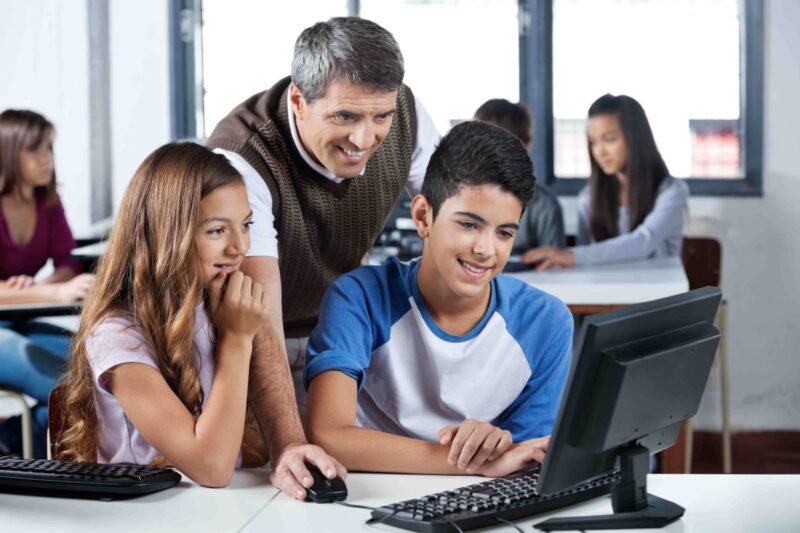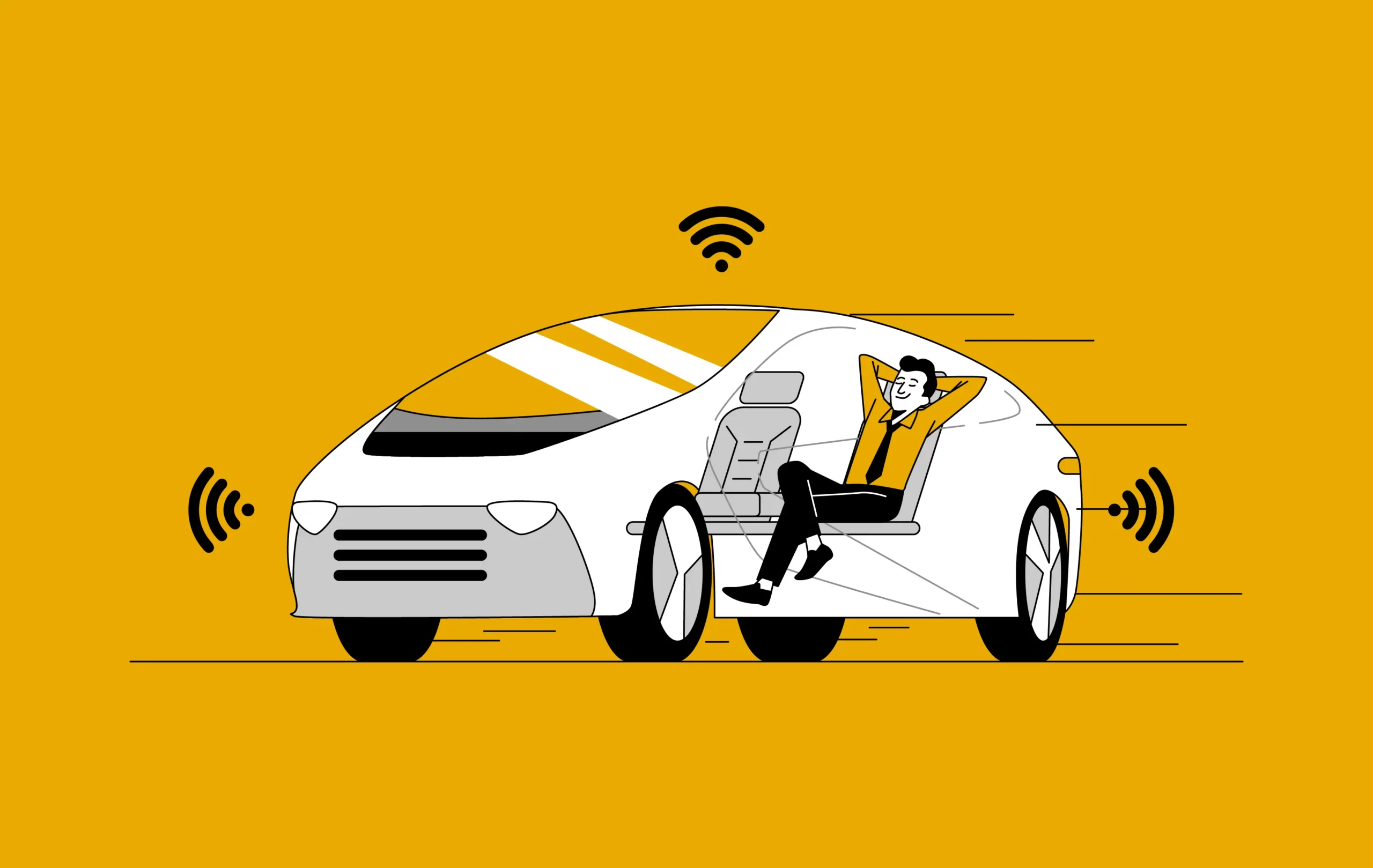The long establish education towards of the 21st century is no longer adequate to meet the needs of modern learners with technology advancing at an unprecedented pace and the demand of the workforce is continuously changing.
Educators must adapt their teaching method to advance SmileTutor, observation, cooperating, and adaptability in their students. So, let’s fall into some innovative teaching methods and gear up our students for the wild ride ahead!
The Rise of Innovative Teaching Methods
Gone are the days when education solely light up textbooks and presentations. Today new teaching ways with technology, observation learning and overall approaches grab students in meaningful ways. This way not only groom ability but also empowers students to become active students in their study journey.
Incorporate Technology in the Classroom
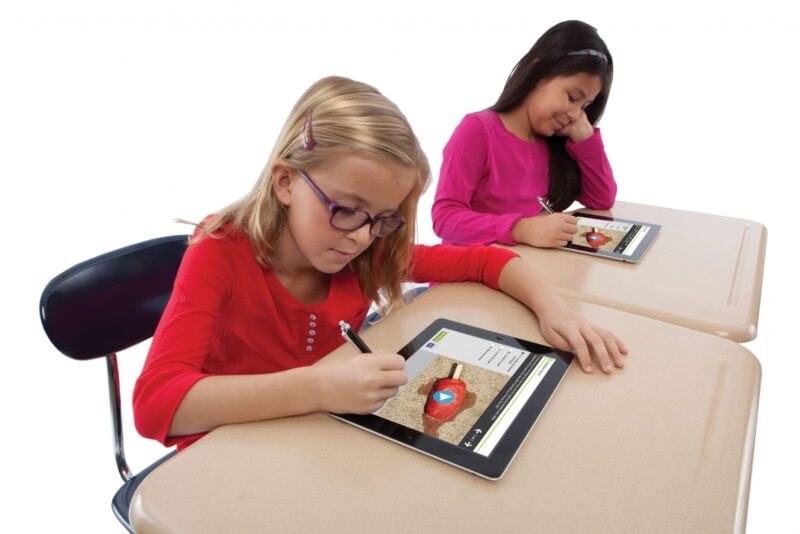
Technology has become an basic part of everyday life, and its combination into education is sure to happen. The power of digital tools to create mutual learning experiences that are strong to multiple learning styles, from multimedia presentations and educational apps to virtual reality similar and online collective platforms, offers constant chances to groom learning Outcomes.
For example, flexible learning platforms use to adjust the strain level of content based on a single student presentation to ensure that each student gave targeted instruction custom to their needs.
Experiential and Project-Based Learning
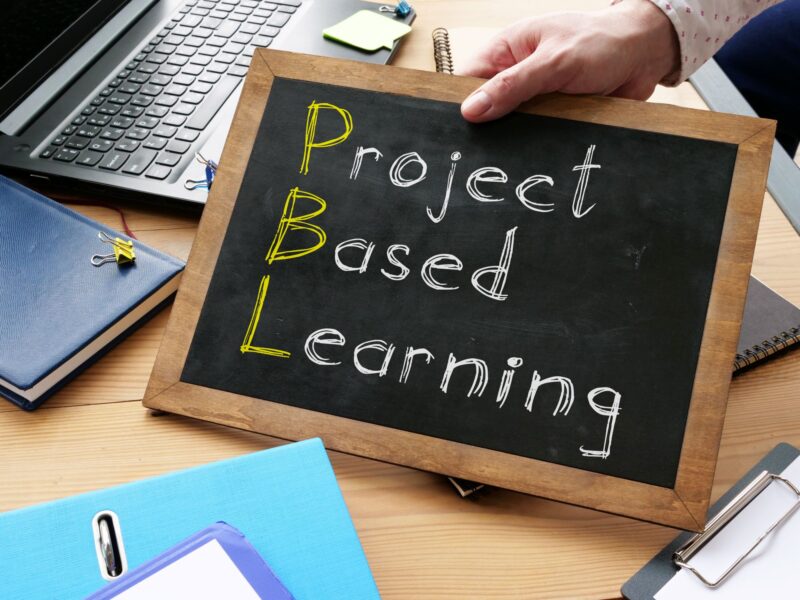
Experiential learning immerses students in real-world plot. Allow them to apply abstract knowledge to actual positions. Project-based learning (PBL) takes this concept a step further to challenge students to gear complex problems, behavior research, complex with peers, and present their findings.
PBL promote critical thinking, creativity, and convey skills while inculcate sense of ownership and responsibility in students. Moreover, the trial and project-based learning promote extensive connections from multiple disciplines. These extensive way mirror the interconnected nature of the modern world and prepare students to address the complex issues that require cross-disciplinary solutions.
Experiential Learning
Experiential Learning is a hands-on, sink experience that allows the student to apply with their knowledge in a real-world context. Through internships, field trips, similar, or role-play exercises, experiential learning cheer active research and through growth and understanding and promote practical skill development. To connect classroom learning to real-life scheme, educators can overcome the gap between theory and practice to prepare students for success beyond the classroom walls.
Personalized Learning Paths

Accept that every student has unique strengths, interests, and study styles, customize learning a way to instruct individual needs and preferences. Through adaptive study platform, data analytics, and separate instruction techniques, educators can provide customize study style paths that accommodate paces of study and levels of adaptability. Customize study empowers the student to take ownership of their education and improve autonomy and motivation.
Cultivate 21st Century Skills
New ways of teaching method go to the content delivery; they arrange the development of 21st-century skills, which are important for success in the advance modern world. These skills include critical thinking, creativity, collective conversation adaptability, and digital literacy. To incorporate these skills into their teaching ways, educators can better prepare students for the demands of the modern workforce and the challenges of the future.
The Impact of Technology on Learning Outcomes
The integration of technology in the classroom not only enhances learning experiences but also significantly improves learning outcomes. Digital tools such as educational apps, virtual reality simulations, and online collaborative platforms offer diverse and interactive ways to engage students. These tools cater to various learning styles, ensuring that each student receives the most effective instruction.
For example, adaptive learning platforms can adjust the difficulty level of content based on individual student performance, providing personalized and targeted instruction. This customization ensures that students are neither bored with content that is too easy nor overwhelmed by material that is too challenging, leading to a more effective and engaging learning experience.
Encouraging Critical Thinking and Problem-Solving
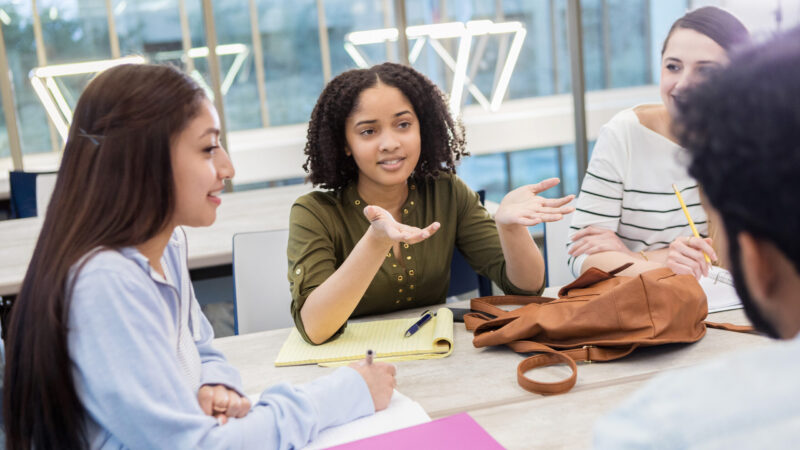
Experiential and project-based learning methods foster critical thinking and problem-solving skills. By immersing students in real-world scenarios and challenging them to tackle complex problems, these approaches encourage students to think deeply and critically.
Project-based learning, in particular, involves research, collaboration with peers, and presentation of findings, promoting not only intellectual growth but also communication and teamwork skills. This method helps students develop a sense of ownership and responsibility, as they must take charge of their learning journey and produce tangible results.
Bridging Theory and Practice
Experiential learning bridges the gap between theoretical knowledge and practical application. Internships, field trips, simulations, and role-playing exercises allow students to apply what they have learned in the classroom to real-life situations.
This hands-on approach not only reinforces academic concepts but also helps students develop practical skills that are essential for their future careers. By connecting classroom learning to real-world applications, educators can better prepare students for the challenges they will face beyond the classroom walls.
Nurturing Emotional Intelligence through Creative Teaching
Incorporating creative teaching methods not only engages young learners but also nurtures their emotional intelligence. Storytelling adventures, for example, do more than captivate imagination; they also help children understand and express emotions. By immersing students in narratives, educators can teach empathy and emotional literacy, helping children navigate their feelings and build strong social skills.
When children create their own stories, they explore personal experiences and emotions, gaining a deeper understanding of themselves and others. This emotional growth is crucial for developing well-rounded individuals who are not only academically proficient but also emotionally intelligent.
Fostering Collaborative Learning Environments
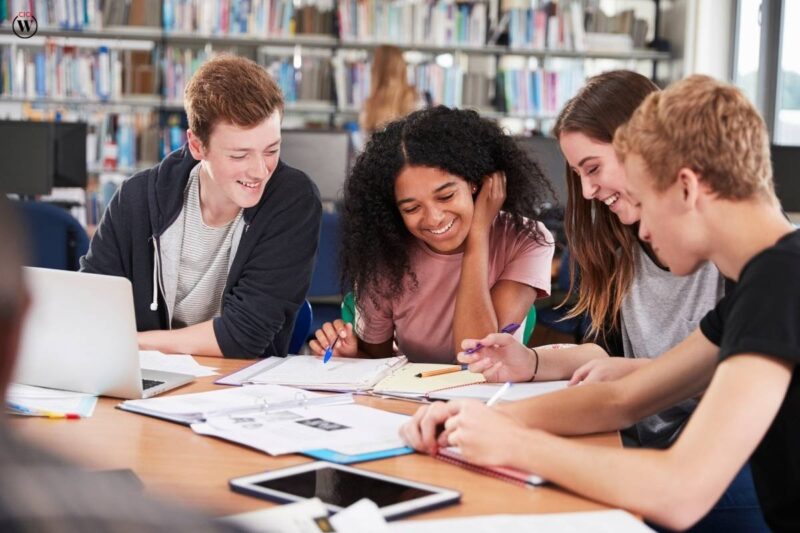
Creative teaching methods often involve collaborative activities that encourage teamwork and communication. Hands-on exploration and dramatic play, for instance, naturally promote cooperative learning as children work together on projects and role-play scenarios.
These collaborative experiences help young learners develop essential communication and problem-solving skills. In group settings, children learn to listen to others, share ideas, and negotiate roles, which are vital skills for their future academic and professional lives. By fostering a sense of community and cooperation, educators can create a supportive learning environment where every student feels valued and included.
Enhancing Cognitive Development through Multi-Sensory Learning
Multi-sensory learning experiences are a cornerstone of creative teaching methods, enhancing cognitive development in young learners. Activities involving music and movement engage multiple senses, strengthening memory and retention. For example, learning through songs and dances helps children remember key concepts and vocabulary.
Additionally, sensory activities like playing with tactile materials or engaging in science experiments stimulate different parts of the brain, promoting holistic cognitive development. By integrating various sensory inputs, educators can cater to diverse learning styles and ensure that every child has the opportunity to succeed.
Conclusion
New ways of teaching change the traditional way of education for everyone in thi world. To focus on Innovative teaching methods are revolutionizing traditional education, emphasizing creativity, collaboration, and adaptability to meet the needs of 21st-century learners.
By incorporating technology and experiential learning, and focusing on 21st-century skills, educators can create unique and engaging learning experiences that prepare students for success in an ever-changing world. As we continue to evolve, it is imperative that education evolves alongside us, providing future generations with the tools they need to tackle challenges and seize opportunities.

